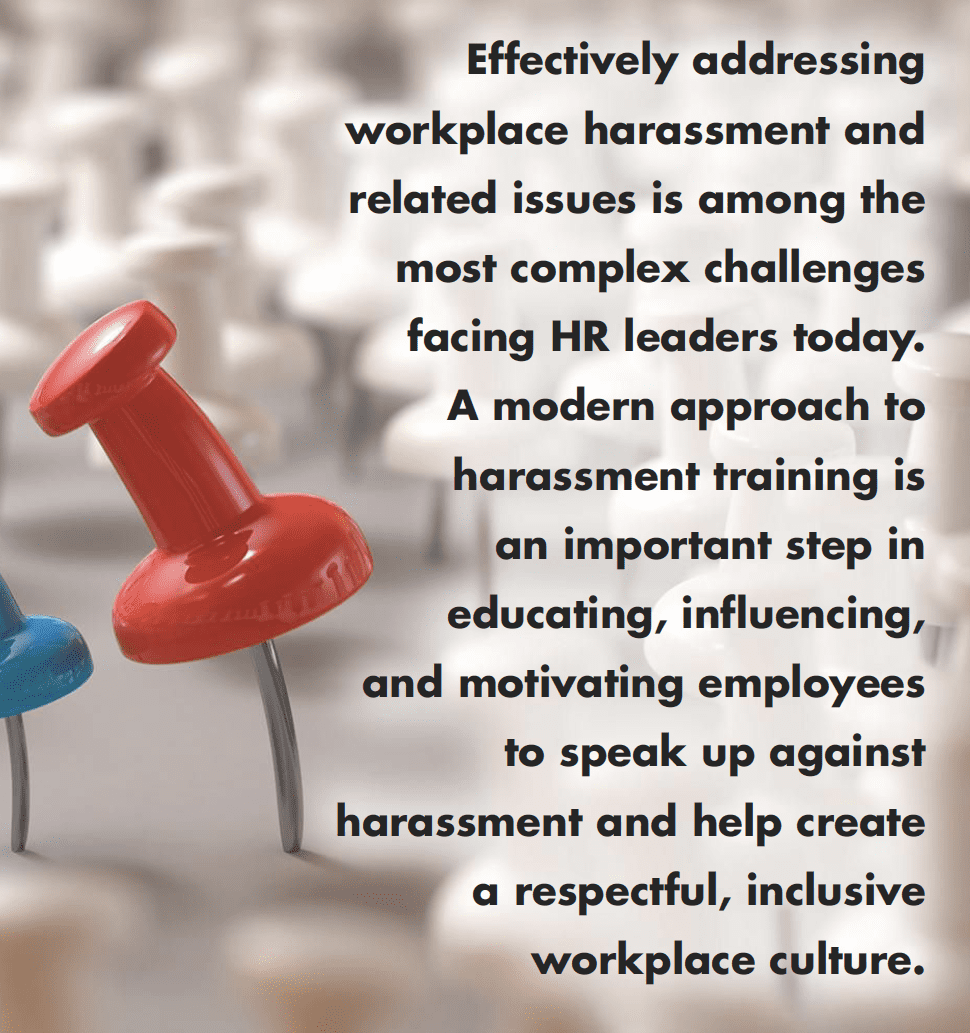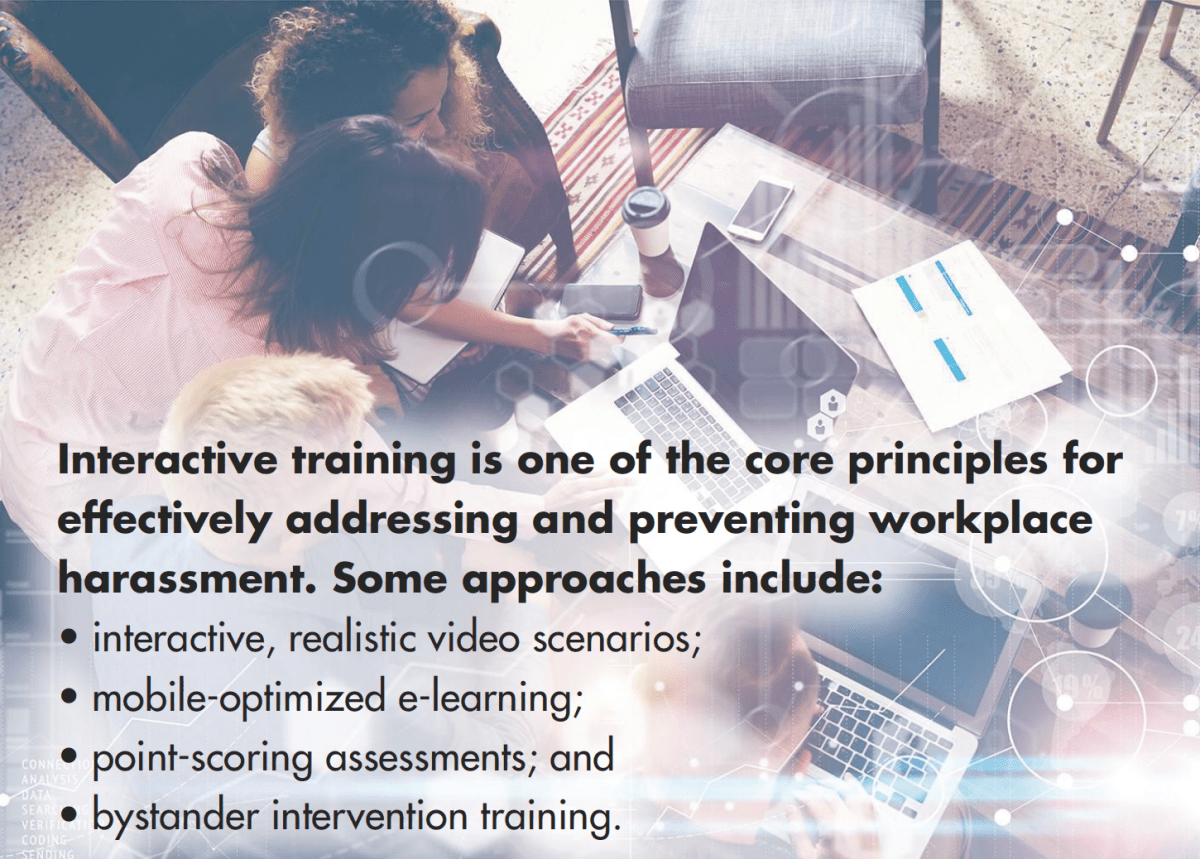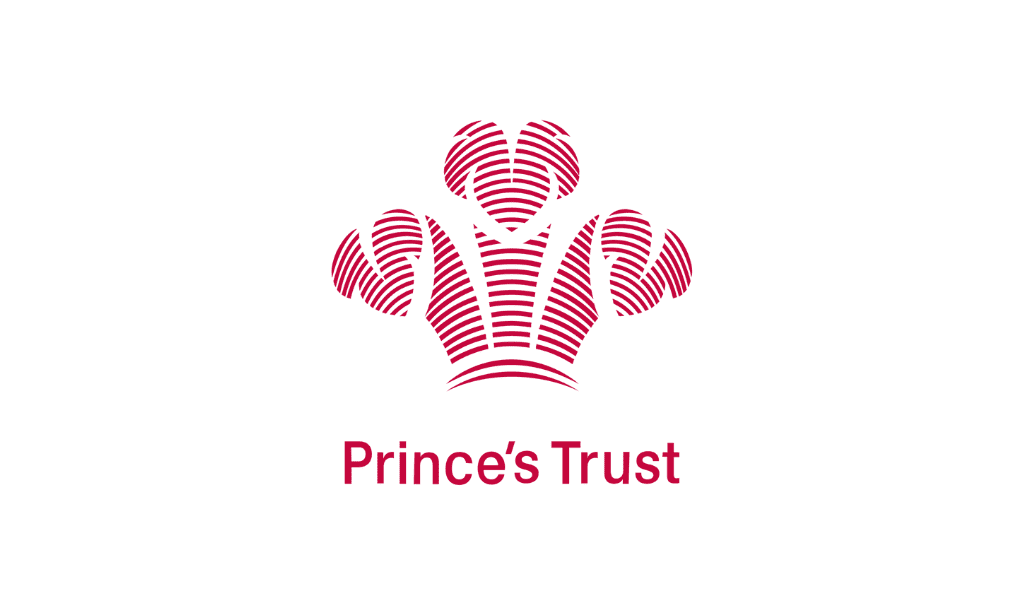Understanding policy is only one part of an effective harassment training program.
By Andrew Rawson
Since the #MeToo and #TimesUp movements, one of the main challenges for HR leaders is how to implement an effective sexual harassment training program. Today’s programs need to be relevant to a diverse workforce, up to date with evolving laws, and part of the organization’s strategy to improve workplace culture.
For thousands of HR officers and their organizations, ensuring that all employees are trained on sexual harassment prevention is now the law. While previously some states have had sexual harassment training requirements, it didn’t legally apply to all employees. Since 2018, six states -California, New York, Illinois, Connecticut, Maine, and Delaware -have passed laws that mandate sexual harassment training for all employees and managers.
In its influential 2016 report on workplace harassment, the Equal Employment Opportunity Commission’s (EEOC) Select Task Force on the Study of Harassment in the Workplace said that regular, interactive training is one of the core principles for effectively addressing and preventing workplace harassment. With the active support of senior leaders, training can help ensure that employees and managers have a clear understanding of the rules, policies, and procedures for reporting complaints. Training can also help clarify expectations for behavior and the consequences of misconduct. Further, the EEOC said that effective training must shift the focus from teaching laws and avoiding legal liability to changing behaviors and promoting respect and civility.
Developments in eLearning tools and video technology are ushering in new approaches to online harassment training. These platforms provide interactive, realistic video scenarios, point-scoring assessments, and other elements to engage a 21st century workforce. Building on the idea that people remember stories, video scenarios can illustrate the effects of harassment as well as depict its subtler forms and gray-area situations in ways that static content cannot.
Organizations can also benefit if they present the information in a way that challenges assumptions about sexual harassment. This can create a more active learning experience in which employees are more likely to pay attention, stay engaged in the storyline, and follow up with questions or concerns afterwards.
In today’s diverse workplace, there’s no one-size-fits-all training model that can be effective for all organizations. For example, employees working in restaurants, hotels, healthcare, or manufacturing can benefit from training that is tailored to their specific industry and experiences.

Mobile-optimized training is also increasingly important as more employees work remotely and prefer to access courses on their laptops, smartphones, or tablets. Mobile technology benefits HR managers and administrators too by providing a convenient platform to assign training, monitor employee progress, and send out reminder messages.
Another way to modernize harassment training is to include workplace conduct and culture topics like bystander intervention, diversity and inclusion, unconscious bias, respect, and civility. In particular, bystander intervention training, which teaches employees safe ways to disrupt, support, confront, and report harassment if they witness it, has gained the support of the EEOC and other workplace experts.
Chai Feldblum, former EEOC commissioner and cochair of the harassment task force, said that bystander intervention training could be a “game changer in the workplace” and “create a sense of collective responsibility on the part of workers and empower them to be engaged bystanders in preventing harassment.”
Lawmakers are taking note. New York City set a precedent in 2018 by requiring employers with 15 or more employees to include bystander intervention in their annual sexual harassment training. Regardless of whether it’s mandated, teaching employees how to safely intervene and stop harassment is an important part of an effective harassment training program. By training and educating on the concepts of diversity, inclusive thinking, and unconscious bias, organizations can help foster a culture of respect and fairness, leading to better recruiting and retention, productivity, and business results.
Andrew Rawson is chief learning officer of Traliant.














